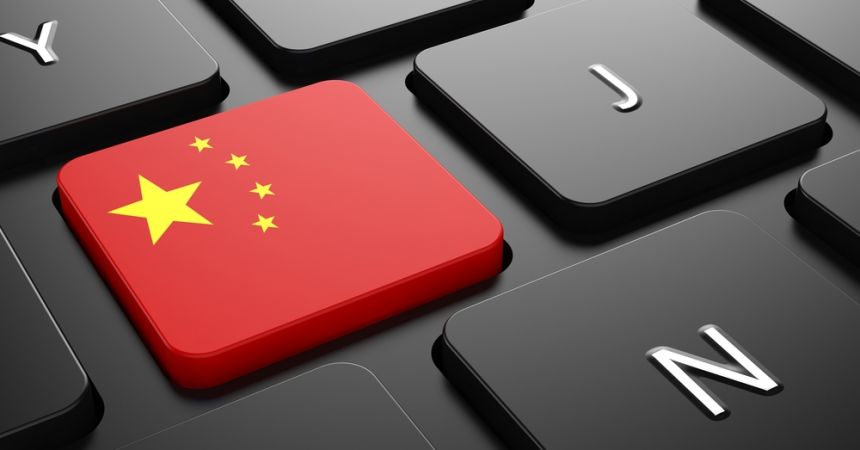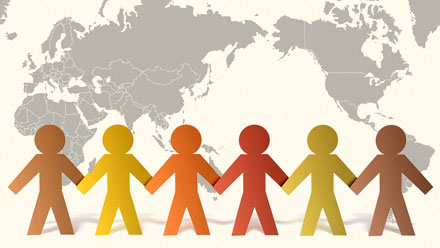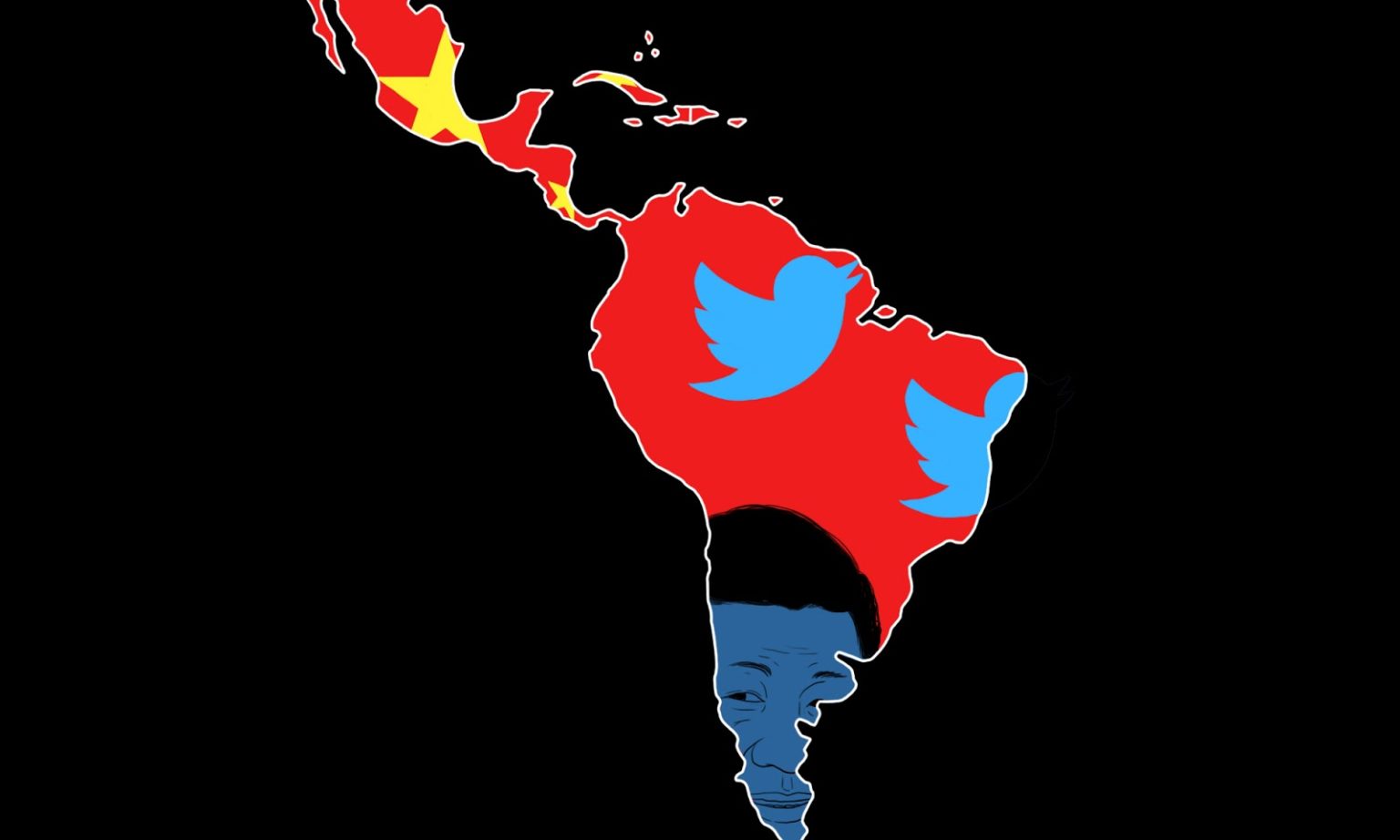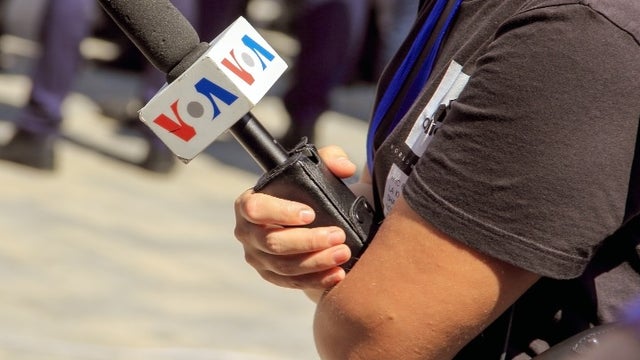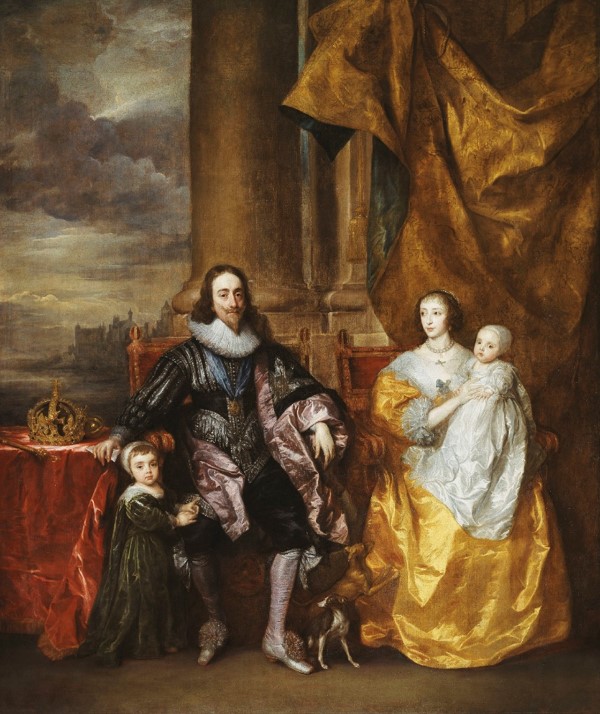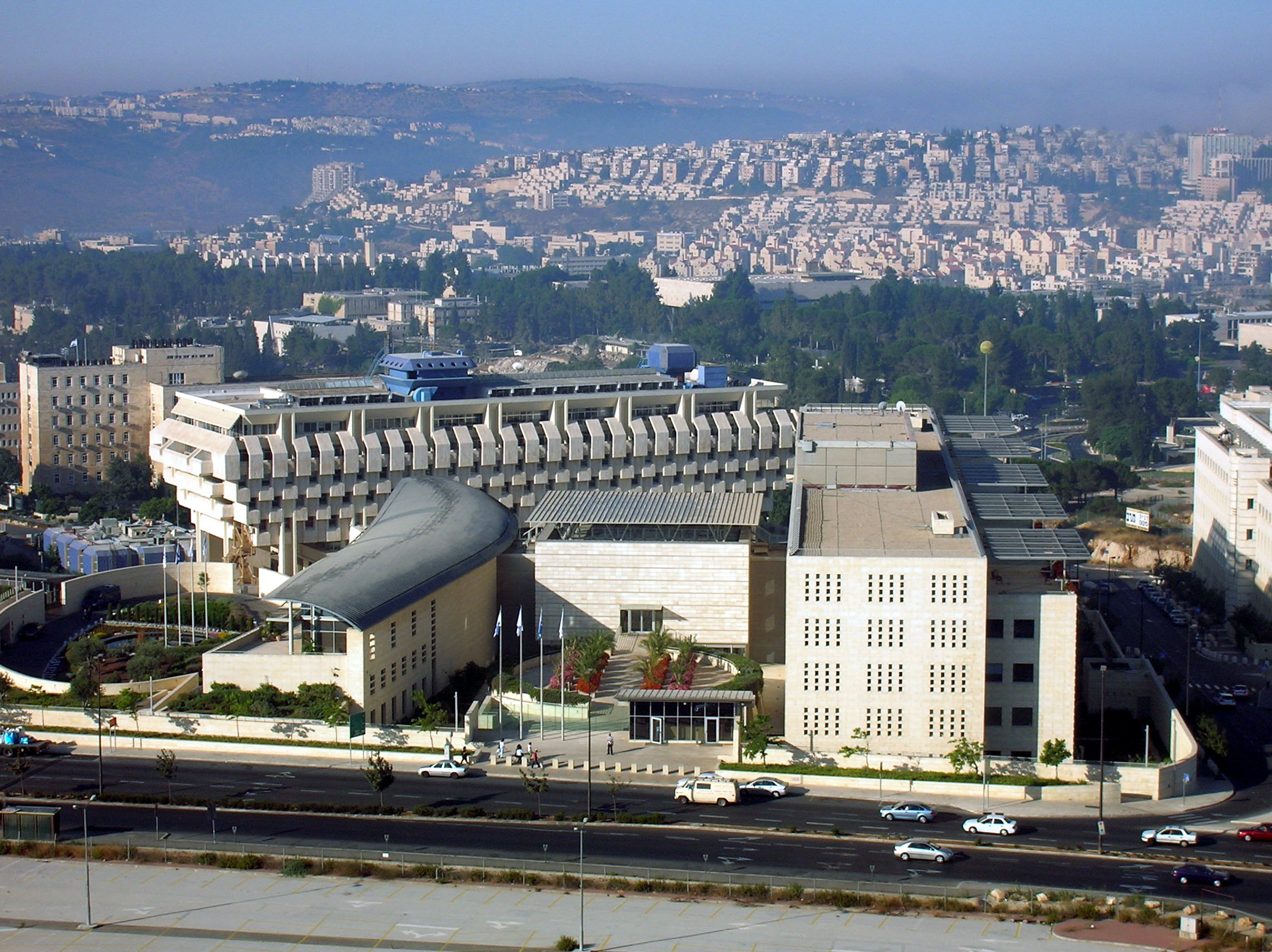Soft Power Policies of East Asian Titans
Soft Power is a widely discussed and equally disputed concept as various scholars have their personal interpretation upon the power of attraction.
Joseph Nye has...
Digital Diplomacy: The Road to Future or an Interim Measure?
With introduction of internet, the world has irreversibly changed, leaving not one stone unturned. The development of digital technologies meant that manner in which...
The difference between Armenian and Azerbaijani lobbying activities in Europe
Both Armenia and Azerbaijan were looking for other ways than diplomacy to make their voices heard in Europe during the latest conflict between the...
Will digital diplomacy cement the Belt and Road Initiative’s “common destiny”?
Infrastructure, while at the heart of China’s expansive and ambitious Belt and Road Initiative (BRI), remains only a part of this evolving effort.
...
I ovo je javna diplomatija ?
Kako je dočekan poziv ministarke ustanovama kulture
Ministarka kulture i informisanja Maja Gojković uputila je nedavno poziv ustanovama kulture čiji je osnivač Republika da učine...
China’s public diplomacy in Latin America and the Caribbean — COVID-19 edition
The year 2020 will be remembered as an inflection point in China’s public diplomacy. The COVID-19 pandemic — buttressed by an already tense geopolitical...
More rot at America’s public diplomacy mouthpiece
Since his Senate confirmation this summer, new United States Agency for Global Media (USAGM) CEO Michael Pack has come under fire for calling out...
The New Aesthetics of Leaders’ Images
Images of leaders have always played an important role in politics. Images can capture the supremacy of a king, the daring of a field marshal or the cunning of a shrewd politician. Indeed, Napoleon’s portrait, sitting upon a fiery steed and pointing to the alps, captures his audacity and ambitions. Yet images of world leaders can also carry important political messages. Take for example the image below of Charles I. Notably, the image focuses on the king, while the British Parliament is located firmly in the background. In this image, there is no question as to who actually rules Britannia. Notably, the image was taken but a few years prior to Charles’s beheading.
Image number 1: King Charles I
The image below is taken from the Palace of Versailles where every door, gate and mirror displayed Louis the 16th, the sun god (le Roi Soleil). Through these images, the dictum I am the State was made manifest. There was no doubt within the Palace as to where power resided. Not with the nobles..
Israel’s secret weapon: 800 channels on social media
Relations with Arab world, country’s global standing improve thanks to social media department deep within Foreign Ministry.
The announcement of the Abraham Accords on IsraelArabic...
Japan the Titan of Soft Power
Japan the titan of soft power is well recognized for its technological superiority, arts, aesthetics, and cuisines. Japan once avoided spreading its culture around its neighborhood in the fear of reviving the old wounds but after Japan ignited its public diplomacy it projected far superior power which could overshadow its grim past. Public diplomacy is […]
The post Japan the Titan of Soft Power appeared first on Modern Diplomacy.








